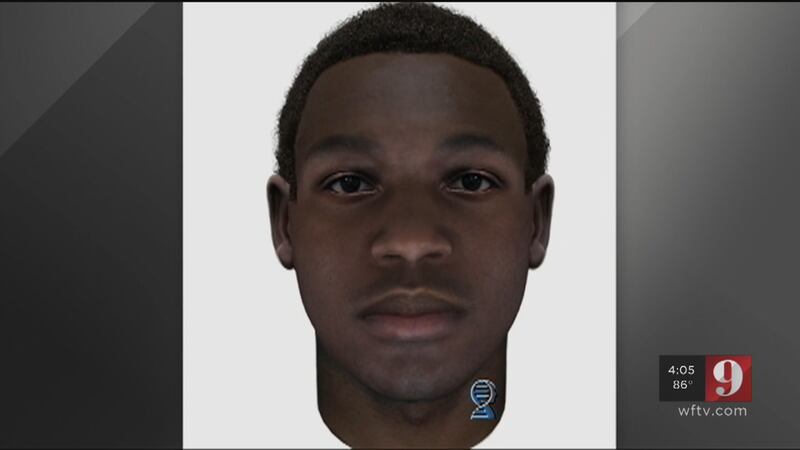ORLANDO, Fla. — Thanks to new technology, the Orlando Police Department has used DNA evidence collected in 2001 to make a composite sketch of a man they believe to be a murderer.
On Oct. 21, 2001, Christine Franke was a 25-year-old University of Central Florida student working to complete a degree in education.
After a working a shift as a bartender and waitress at Cigarz Bar at Universal CityWalk, she drove home.
She was found the next day, dead in her Audubon Park apartment.
WATCH: Raw: OPD announces new information in cold case
OPD detectives have been working on the 15-year-old cold case since then, but have not been able to identify a suspect or make an arrest.
DNA evidence was collected at the scene of Franke’s slaying, but it has never caused a hit in the FBI’s Combined DNA Index System.
Orlando police Chief John Mina announced Friday that exactly 15 years after Franke's death, a new step had been made in the case using DNA phenotyping.
DNA phenotyping is the process of predicting physical appearance and ancestry from unidentified DNA evidence, Mina explained.
Christine Franke's killer has never been caught. How detectives developed an image of him #WFTVatnoon pic.twitter.com/ZBLVZZomaY
— Janine Reyes (@JReyesinTexas) October 21, 2016
Using DNA from the Franke homicide investigation, experts were able to predict that her killer was a dark-skinned man with brown eyes, black hair, no freckles and likely with West African ancestry, the OPD said.
The analysis was done by Snapshot DNA Phenotyping.
“Instead of being based upon sitting down with an artist like a lot of composites are, this one's based on science,” said Detective Michael Moreschi.
Franke's family said they are confident that the science-based sketch could answer the questions they've had for 15 years.
“There's got to be somebody who finds this face familiar and will step forth,” said Muth.
It is important to note that composites are scientific approximations of what a person might look like based on their DNA and should not be taken as an exact representation, the company said.
“Environmental factors such as smoking, drinking, diet and other non-environmental factors – facial hair, hairstyle, scars, etc. – cannot be predicted by DNA analysis and may cause further variation between the subject’s predicted and actual appearances,” the company said in a news release.
DNA does not reveal the exact age which is why there are two sketches: one at 25 and the other at 40 years old.
Cox Media Group







